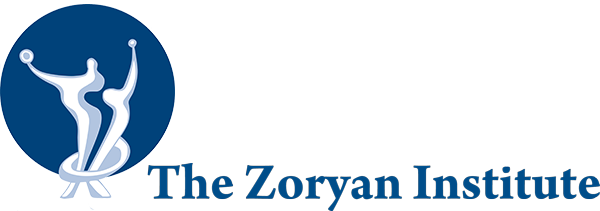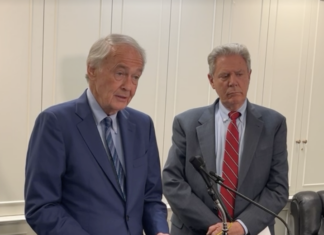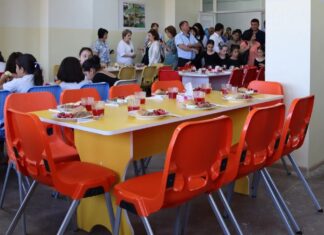By Melania Badalyan
YEREVAN (Azg) — The current president of the American University of Armenia (AUA), Dr. Bruce M. Boghosian, assumed the post on September 1, 2010. He is the third president of the AUA since its establishment 20 years ago. He sat down for an interview with Azg recently.
His experiences in major universities and his background of scientific research represent the work of a specialist that has made valuable contributions to science, in addition as being an administrator.
Boghosian received his bachelor’s degree in physics and master’s degree in nuclear engineering from the Massachusetts Institute of Technology (MIT). He received his PhD in applied science from the University of California, Davis.
For the past decade, before moving to the post at AUA, Boghosian was a professor in the Department of Mathematics at Tufts University in Massachusetts, and he served as chair of that department since 2006. He served concurrently as adjunct professor in the Departments of Computer Science and Physics. Earlier, he was employed as a senior research scientist at the Thinking Machines Corporation in Cambridge, Mass., and at the Center for Computational Science and Department of Physics, Boston University.
Boghosian’s research has been devoted to developing a fundamental understanding of the nature of turbulence in fluid dynamics, and he has used both theoretical and computational methods on some of the largest supercomputers available in the US. Pursuant to this research, he has held visiting professorships and research ositions at a number of well-known universities, such as École Normale Supérieure in Paris; Peking University; University of California, Berkeley; as well as University College London, in the UK.







